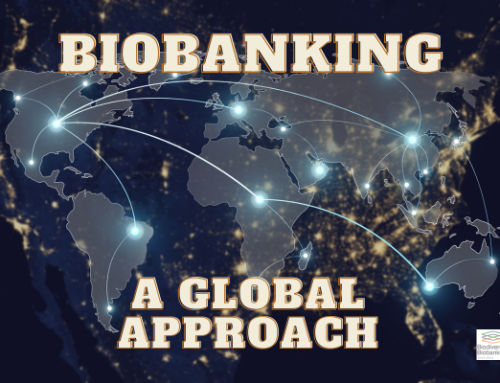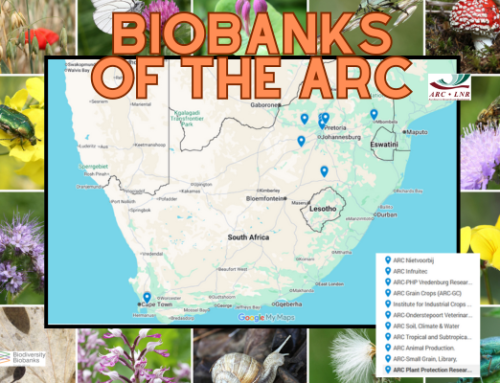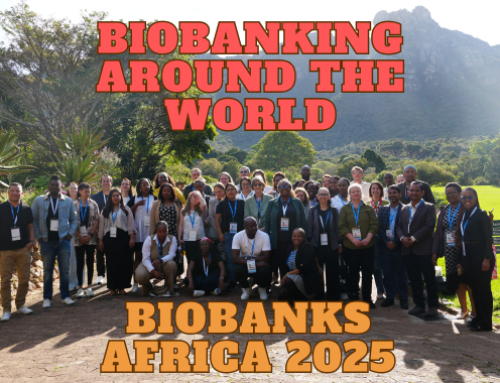One Health: How Biobanks Keep Our World Healthier – And More Interesting
Biodiversity biobanks aren’t about people – not directly anyway. They store samples from plants, animals, microbes and more, after all…not from humans. But they still have a role to play in promoting human health – by serving as vital infrastructure for biomedical research and development of new medicines, and by supporting a holistic One Health approach that recognises the interconnectedness of human, animal, and environmental well-being.
It’s no secret that a healthy environment is key to a healthy life: the health of humans, domestic and wild animals, plants, and the wider environment (including ecosystems) are closely linked. And that’s especially true now the world is witnessing an alarming increase in emerging infectious diseases, antimicrobial resistance, and the health impacts of climate change.
But it’s easy to recognise the importance of a One Health approach; it’s a lot harder to put it into action. One Health requires collaboration between professionals in human medicine, veterinary medicine, environmental science, agriculture, and other fields. It involves working together at local, national, and international levels to prevent, detect, and respond to health threats. And it involves thinking very carefully about how science impacts communities. Fortunately, that’s what the Biodiversity Biobanks South Africa (BBSA) is all about.
As one of the projects under the South African Research Infrastructure Roadmap (SARIR) of the Department of Science & Innovation (DSI), and administered by the South African National Biodiversity Institute (SANBI), the BBSA is a collaborative project – gathering together microbiologists, botanists, veterinary scientists and more who manage biobanks on university campuses, at dedicated research facilities, even at national parks, working on everything from bacteria to buffalo.
So how exactly can biodiversity biobanks help promote One Health? Well, for starters…
Monitoring, Understanding & Preventing Zoonotic Diseases
 As humans intrude ever more into the wilds and interact more with domestic animals, we’re exposed more and more to zoonotic diseases – diseases that jump from animals to humans. Various kinds of influenza, for example, or that little global pandemic we had not too long ago. By providing high-quality samples and associated data from a vast range of species, biobanks allow researchers to study disease mechanisms across different organisms. And stored samples at biobanks like the SANBI Wildlife Biobank facilitate research on disease dynamics and the development of strategies to mitigate pathogen spillover to humans and domestic animals – potentially preventing future pandemics.
As humans intrude ever more into the wilds and interact more with domestic animals, we’re exposed more and more to zoonotic diseases – diseases that jump from animals to humans. Various kinds of influenza, for example, or that little global pandemic we had not too long ago. By providing high-quality samples and associated data from a vast range of species, biobanks allow researchers to study disease mechanisms across different organisms. And stored samples at biobanks like the SANBI Wildlife Biobank facilitate research on disease dynamics and the development of strategies to mitigate pathogen spillover to humans and domestic animals – potentially preventing future pandemics.
Food Security For All
 Okay, so you can’t eat biobank samples (really – don’t even try). But the work conducted by biobank researchers can – and does – help promote food security. Biobanks that deal with farm animals and crops, like those under the custodianship of the Agricultural Research Council (ARC), as well as those at Grootfontein Biobank for Sheep & Goats and the DALRRD Small Grain Institute, provide materials for use in improved crops, livestock and soil fertility, conservation and production of indigenous crops and other food sources, as well as conservation of pollinators. They help ensure our food production is more effective, safer and more sustainable – helping to feed the world.
Okay, so you can’t eat biobank samples (really – don’t even try). But the work conducted by biobank researchers can – and does – help promote food security. Biobanks that deal with farm animals and crops, like those under the custodianship of the Agricultural Research Council (ARC), as well as those at Grootfontein Biobank for Sheep & Goats and the DALRRD Small Grain Institute, provide materials for use in improved crops, livestock and soil fertility, conservation and production of indigenous crops and other food sources, as well as conservation of pollinators. They help ensure our food production is more effective, safer and more sustainable – helping to feed the world.
Drug Discovery and Biotech Breakthroughs
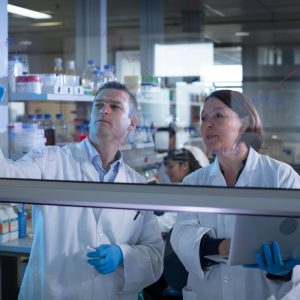 Biodiversity biobanks store a wide range of biological materials from plants, animals, fungi, and microbes that are used to search for new, pharmaceutically relevant compounds. For example, research on marine sponges by biobanks like the Institute for Microbial Biotechnology (IMBM) has revealed chemicals with potential antibacterial and antiviral properties, leading to novel treatments for human diseases. And many plant and animal biobanks also provide materials for research and development related to conservation and sustainable use of plants and animals used in traditional medicines, and the development of new medicines.
Biodiversity biobanks store a wide range of biological materials from plants, animals, fungi, and microbes that are used to search for new, pharmaceutically relevant compounds. For example, research on marine sponges by biobanks like the Institute for Microbial Biotechnology (IMBM) has revealed chemicals with potential antibacterial and antiviral properties, leading to novel treatments for human diseases. And many plant and animal biobanks also provide materials for research and development related to conservation and sustainable use of plants and animals used in traditional medicines, and the development of new medicines.
Sharing Is Caring – Taking Science Global
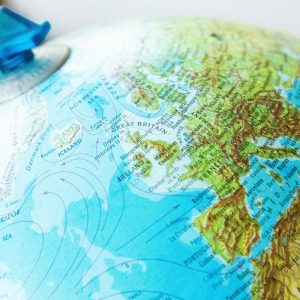 Some problems are too big for one institution – or one country – to tackle alone. But it’s very difficult to ship an elephant around the world – or a shark or a killer whale, for that matter (trust us on that). It’s a lot easier to share tissue samples, DNA and the like…and even easier to share the data associated with those samples. Biobank networks like the BBSA, Global Genome Biodiversity Network (GGBN) and International Society for Biological and Environmental Repositories (ISBER) allow national and international researchers to share resources and data, accelerating scientific advancements and innovation that can be translated into clinical practice and public health policies…and can even help get elephants pregnant on the other side of the world. True story.
Some problems are too big for one institution – or one country – to tackle alone. But it’s very difficult to ship an elephant around the world – or a shark or a killer whale, for that matter (trust us on that). It’s a lot easier to share tissue samples, DNA and the like…and even easier to share the data associated with those samples. Biobank networks like the BBSA, Global Genome Biodiversity Network (GGBN) and International Society for Biological and Environmental Repositories (ISBER) allow national and international researchers to share resources and data, accelerating scientific advancements and innovation that can be translated into clinical practice and public health policies…and can even help get elephants pregnant on the other side of the world. True story.
Conservation – Keeping The World Interesting
 Humans are biophilic – we have an innate tendency to seek connections with nature and other forms of life. The world is full of all kinds of wonderful plants, animals, fungi and more – there are millions of species known to taxonomists, and many more still to be discovered…if we don’t cause them to go extinct first. And whether by land (SANParks Veterinary Wildlife Services Biobank) or sea (NRF-SAIAB aquatic biobank), whether they house plants (SANBI Indigenous Plant DNA Biobank) or fungi (ARC National Collection of Fungi), the BBSA biobanks help us preserve, conserve and understand this biodiversity – and keep the world just that little bit more interesting.
Humans are biophilic – we have an innate tendency to seek connections with nature and other forms of life. The world is full of all kinds of wonderful plants, animals, fungi and more – there are millions of species known to taxonomists, and many more still to be discovered…if we don’t cause them to go extinct first. And whether by land (SANParks Veterinary Wildlife Services Biobank) or sea (NRF-SAIAB aquatic biobank), whether they house plants (SANBI Indigenous Plant DNA Biobank) or fungi (ARC National Collection of Fungi), the BBSA biobanks help us preserve, conserve and understand this biodiversity – and keep the world just that little bit more interesting.
Want to know more about how biobanks contribute to solving such little matters as the UN Sustainable Development Goals? We’ve got you covered. Need to know what biodiversity biobanks are (and aren’t about)? Here you go. And did you know there’s a network of medical biobanks in South Africa as well? Visit the MBirSA website and find out all about it.

What are biodiversity biobanks?
Biodiversity biobanks are repositories of biologically relevant resources, including reproductive tissues such as seeds, eggs and sperm, other tissues including blood, DNA extracts, microbial cultures (active and dormant), and environmental samples containing biological communities….


